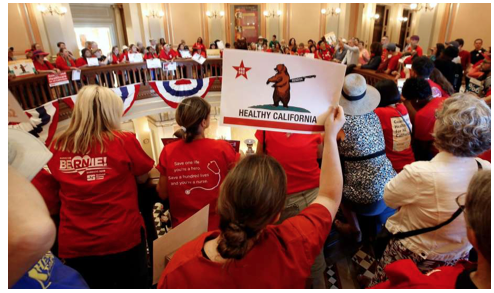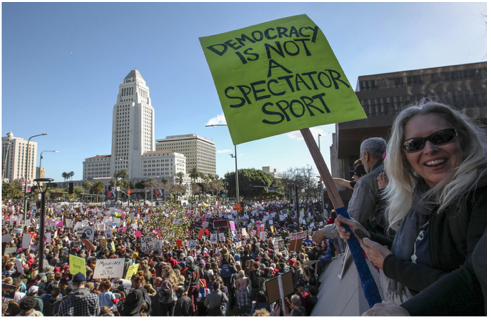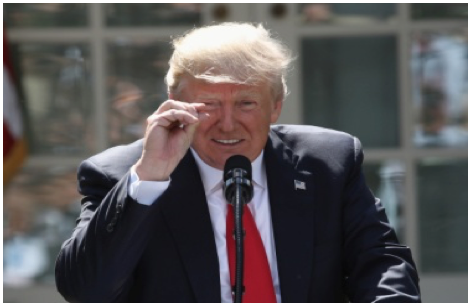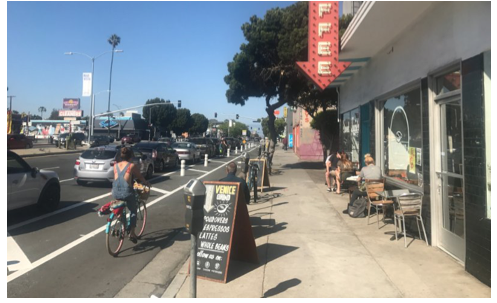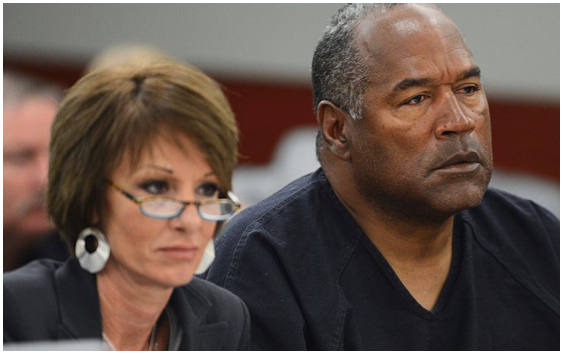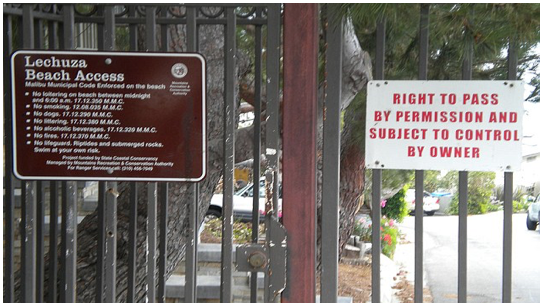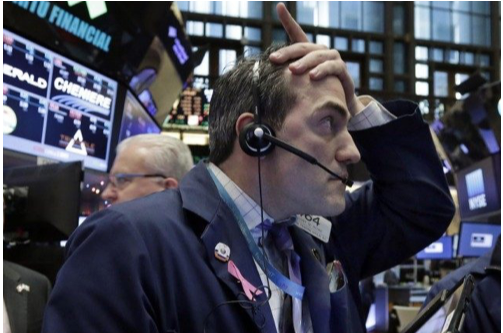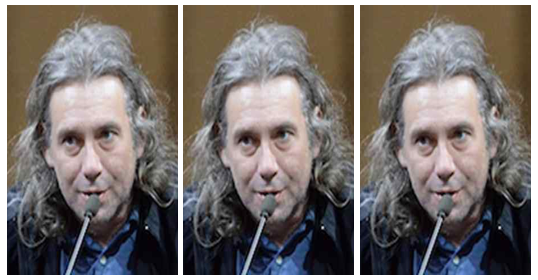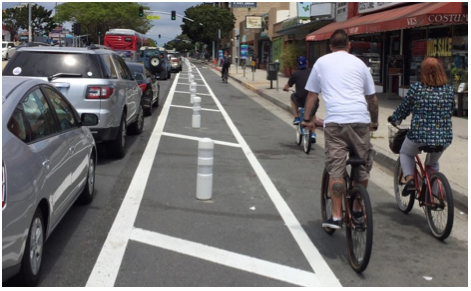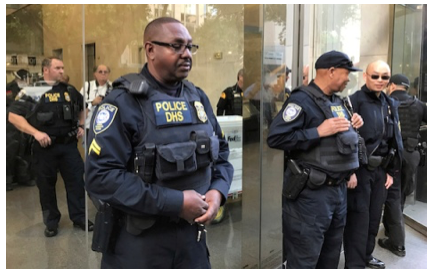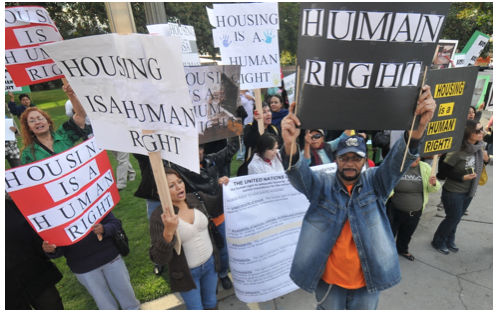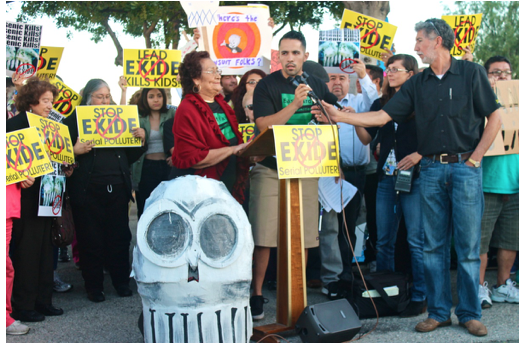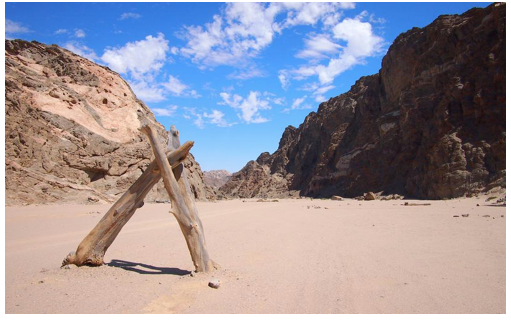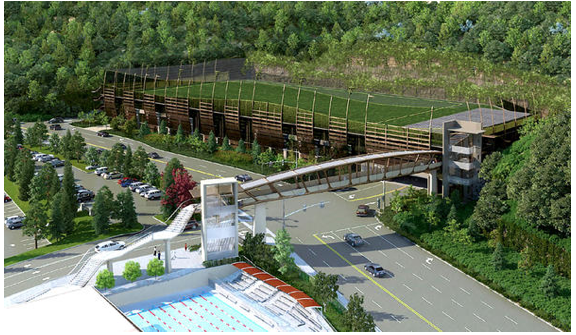BLUE PRINT FOR PAIN-It's 10:00 a.m. on Monday morning, and while most people are filling up their second cup of coffee, Nellie is busy sorting loaves of bread, leafy greens, and egg cartons for a line of eager customers. Next to the I-580 overpass and across the street from a Safeway is the Emeryville Citizens Assistance Program, which she founded 30 years ago with the belief that "food should always be available to everyone." She's been volunteering her time -- eight hours a day, five days a week -- ever since. Asked why she continues to do this work without pay, Nellie says: "We serve almost 300 families every day, and you never know: Tomorrow it could be you who needs the help.”


